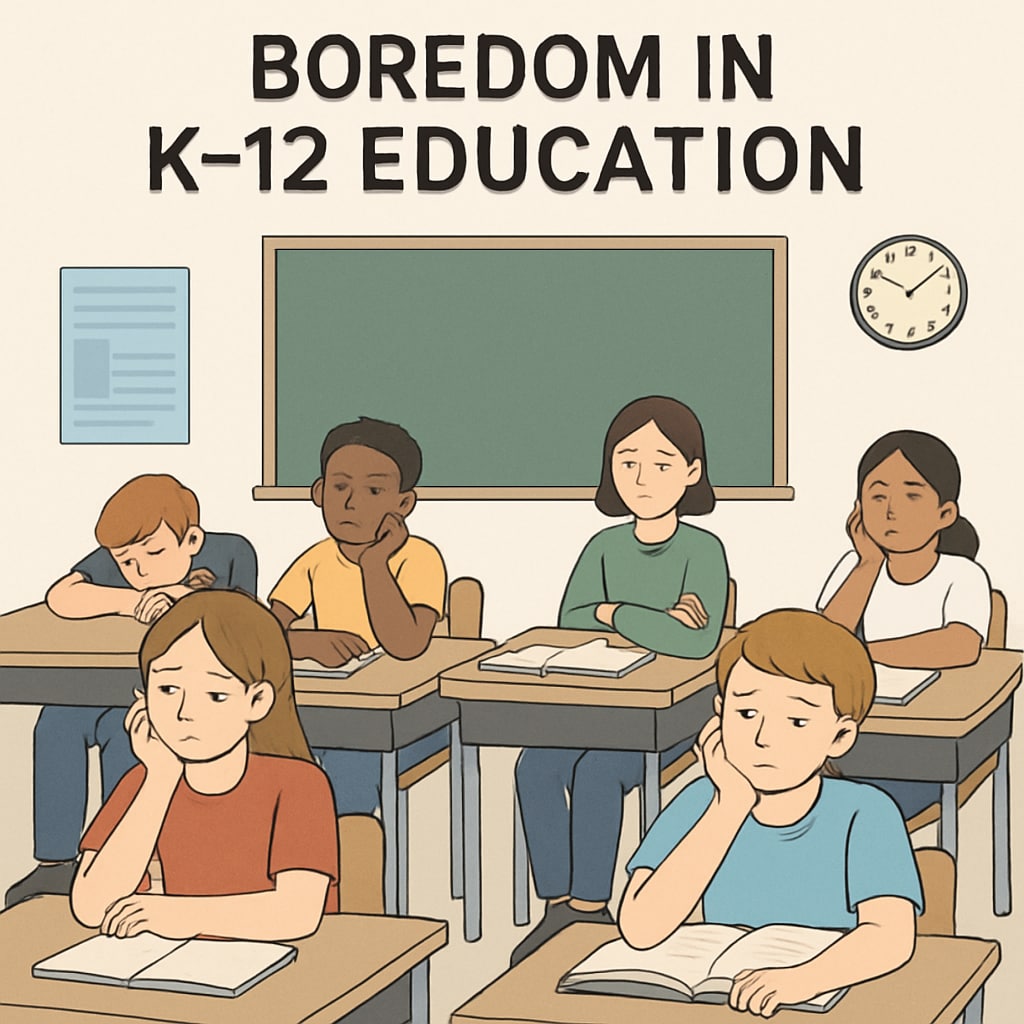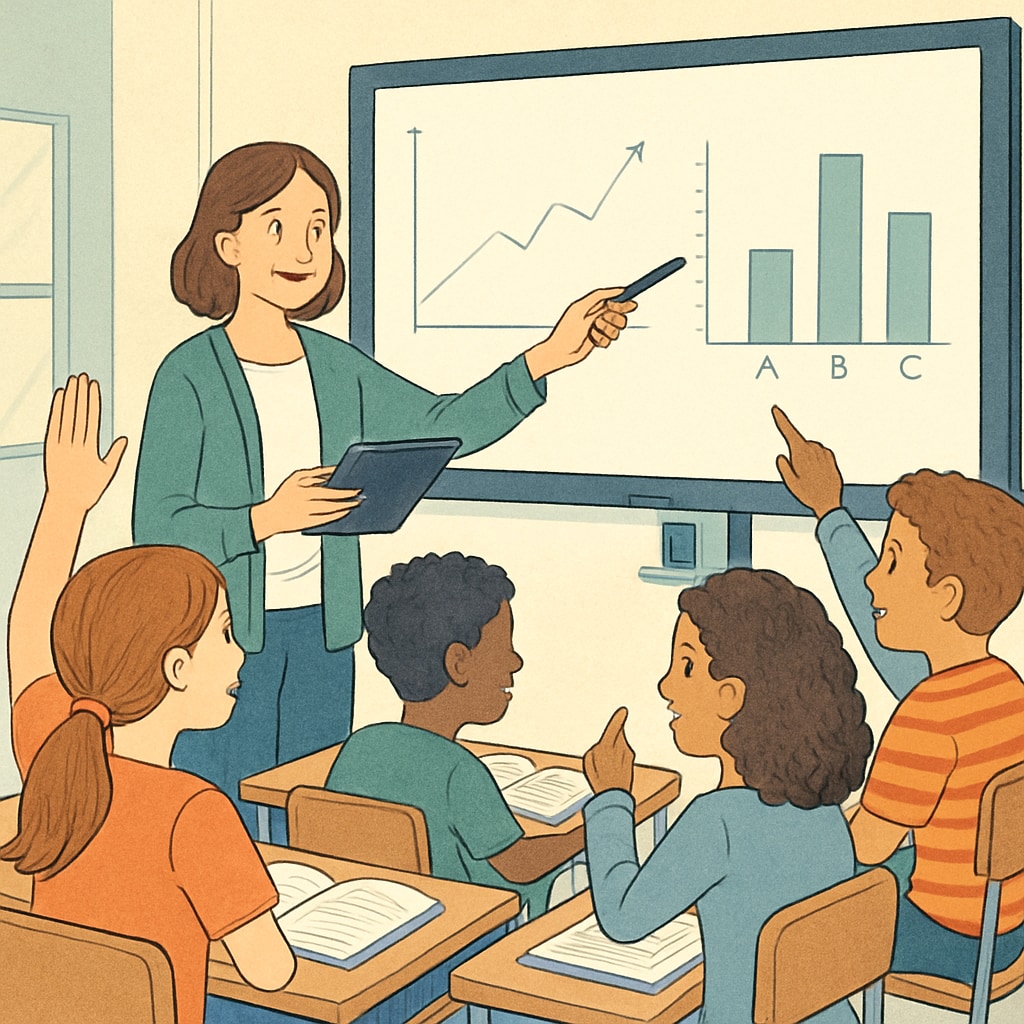Across the world, students in K12 education systems are reporting a common and troubling experience: boredom in the classroom. This phenomenon, spanning diverse education environments from the United Kingdom to China, the United States to Senegal, is becoming a hidden barrier to effective learning. Research in global education reveals that student boredom stems from multiple factors, including outdated teaching methods, rigid curriculums, and insufficient engagement strategies. Let’s delve deeper into this issue, examining its root causes, effects on learning, and potential solutions to reengage students.
Why Student Boredom Is a Universal Problem
Student boredom in classrooms is not limited to one country or region; it is a global issue. According to a report by the National Center for Education Statistics, over 30% of American students feel disengaged during lessons. Meanwhile, surveys in China and the UK reveal similar statistics, with students citing repetitive content and lack of interactive learning as key factors for boredom. This universal problem raises important questions about how education systems are structured and whether they effectively cater to diverse learning needs.

The Impact of Boredom on Education Outcomes
Boredom in classrooms has far-reaching consequences. When students are disengaged, they are less likely to retain information, participate actively, or develop critical thinking skills. As a result, their academic performance suffers, and they may lose interest in pursuing higher education. Furthermore, boredom can lead to behavioral issues, as students seek distractions to make classroom time more bearable. For example, a Britannica entry on education highlights how student engagement directly correlates with academic success and lifelong learning habits.

Solutions to Combat Classroom Boredom
Addressing student boredom requires a multifaceted approach. Here are some strategies that schools and educators can implement:
- Interactive Teaching Methods: Incorporate hands-on activities, group discussions, and real-world applications into lessons to keep students engaged.
- Technology Integration: Use tools such as educational apps, virtual reality, and online collaborations to make learning dynamic and relatable.
- Flexible Curriculums: Allow students to explore topics that interest them while still meeting core educational requirements.
- Feedback Systems: Regularly collect student feedback to identify areas of improvement and adapt teaching methods accordingly.
By implementing these strategies, educators can create more engaging classroom environments, reducing boredom and fostering a love for learning.
Looking Ahead: A Collective Responsibility
Solving the issue of student boredom is not solely the responsibility of teachers; it requires collaboration among educators, policymakers, parents, and even students themselves. Education systems worldwide must prioritize student engagement as a fundamental goal, ensuring that classrooms are places of inspiration rather than stagnation. With innovative approaches and collective effort, we can transform K12 education into a more dynamic and effective experience for students everywhere.
Readability guidance: This article uses concise paragraphs, incorporates lists for clarity, and ensures a balance between active and passive voice. Transition words like “however,” “for example,” and “in addition” are used to enhance flow, making the content accessible and engaging for readers.


